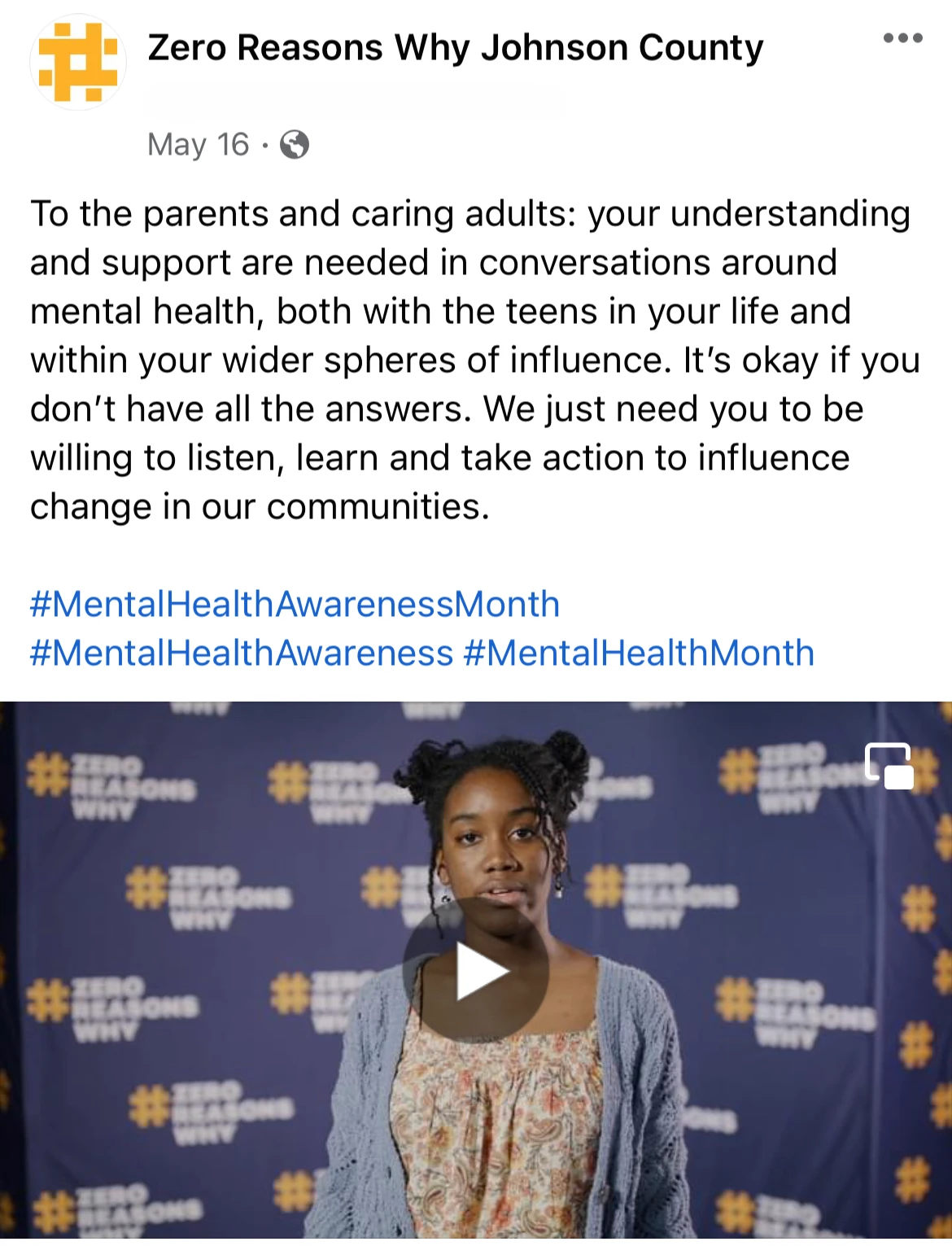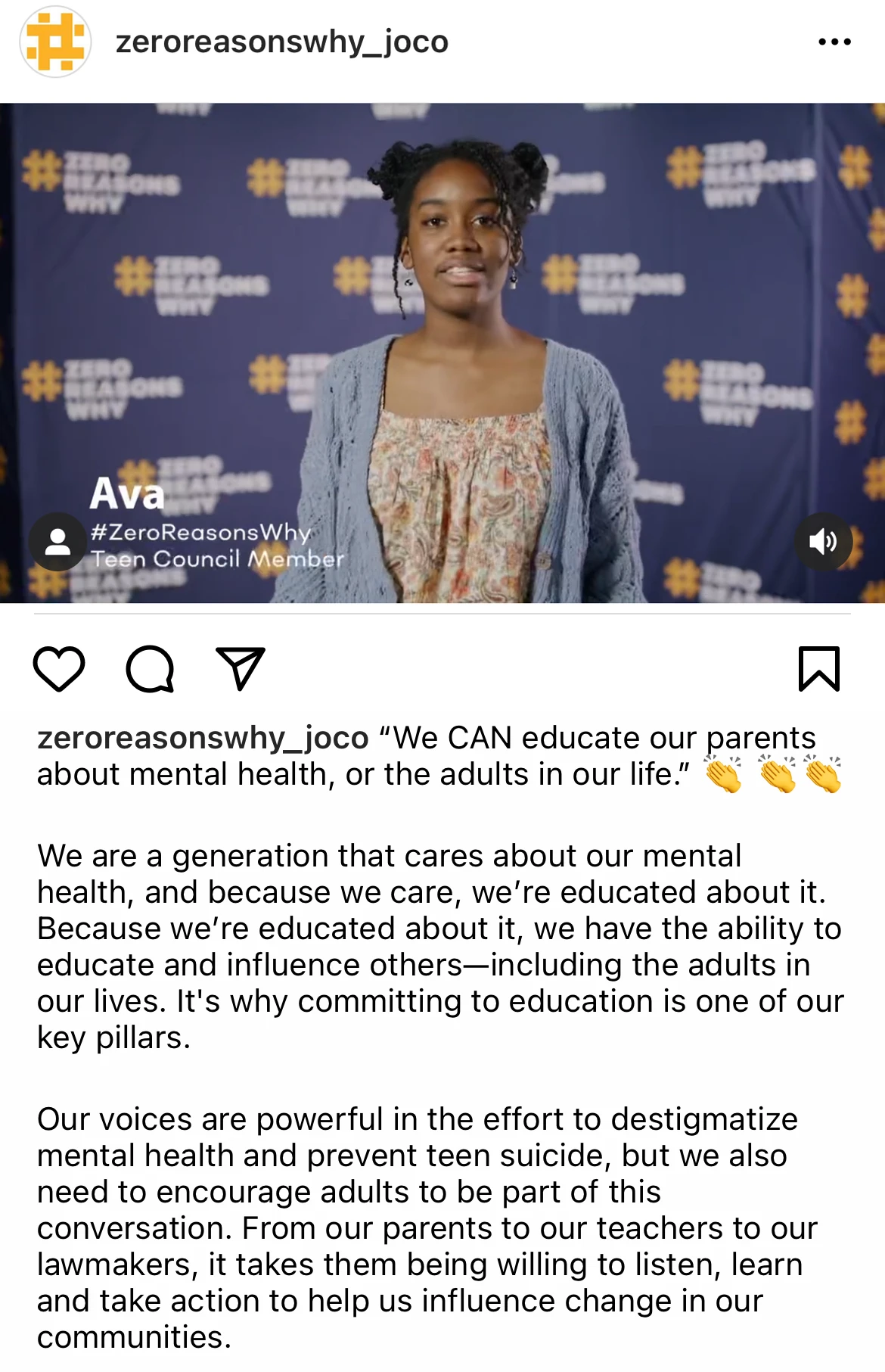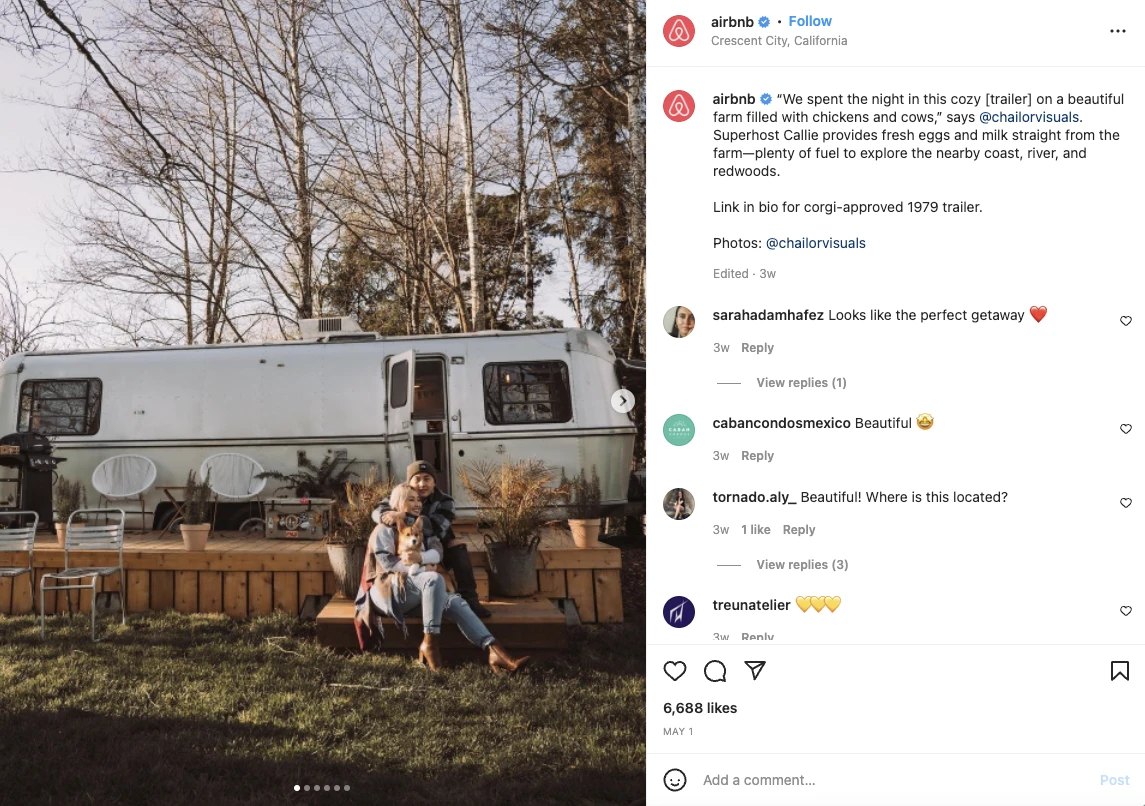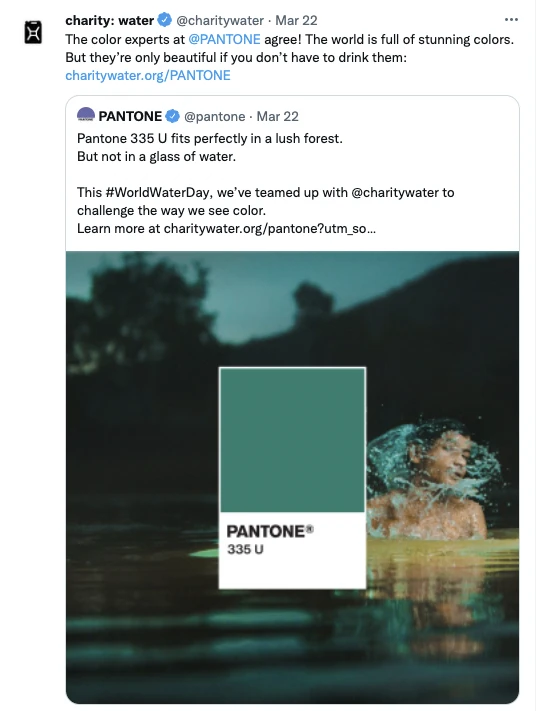- Instagram users share 66,000 photos
- Facebook users share 1.7 million pieces of content
- Twitter users share over 347,000 tweets
- YouTube users upload 500 hours of video
Pretty mind blowing, isn’t it?
It may seem impossible to stand out from this massive crowd, but leaving a lasting impression that moves audiences to action can be done – with storytelling. By sharing captivating stories designed with your audience in mind, you can convert viewers from simple scrollers to faithful followers.
What is social media storytelling?
Stories can be found everywhere; they aren’t confined to the page or the big screen. They are intertwined in everything we see and do – and that includes social media. In simplest terms, social media storytelling is a way to present your story over time, delivered right to your audience on the platforms they already use.
Storytelling + social media = a powerful marketing tool
Given the ever-evolving nature of social media, it affords you the space to let your story unfold over time, rather than limiting it to a singular marketing piece or one-time campaign. But keep in mind that your overarching story should always be cohesive. Wherever your audience is experiencing your story (videos, email, billboards, social or other methods), everything should be in sync. It should all be recognizable as your story.
Why is it important?
Great storytelling is the key to connection and creating empathy within your audience. Utilizing story structure as the backbone of your social media strategy will not only strengthen your social presence, but your overarching narrative and connection to your audience. Focusing on telling a unique, compelling story on social can help you drive more meaningful engagement and authentic conversations.
How can you do it effectively?
Know your audience
This is crucial to ensure you’re sharing a story in a way your audience will connect with and presenting it on platforms your audience is active on. For example, if you’re trying to reach Gen Z, don’t worry about wasting resources sending your message out on Facebook or LinkedIn – unless you’re trying to reach their parents.
Whether on social media or not, a story won’t be successful if it is irrelevant to your audience. The more you know about your audience, the more likely you will be able to offer them content of value that they will want to engage with.
At Overflow, we often tailor messages for adult vs. teen audiences when developing content for Zero Reasons Why, a teen-led mental health and suicide prevention campaign. For example, this piece of video content was used both on Facebook and Instagram, but knowing that adult audiences are more active on Facebook, whereas teen audiences are primarily active on Instagram, captions were customized to resonate with each.


Make it meaningful
Share stories that add value for your target audiences. Hopping on a trend or posting an attention-grabbing photo may get viewers to hit the “like” button, but content that sparks an emotional response and telling a story that the audience finds relatable—that is what will inspire action and drive engagement. Plus, when you consistently add value through the content you share, your audience will begin to look to you as a leader in your industry.
Airbnb does this beautifully by showcasing real people and stories from the Airbnb community in much of the content they post on social. By putting people first, they present a meaningful narrative, focused not only on the unique places they have to offer—but the unique people that host and visit them.

Quickly capture attention and set the tone
Content is coming at us faster and faster all the time, and viewers can move quickly from one piece to the next on social. According to Facebook, you have just a few seconds to capture audience attention, establish what you offer and why they should care. Make every second count to capture attention right away and prevent viewers from scrolling past your content.
charity: water did this powerfully through a campaign in partnership with Pantone for World Water Day. The striking campaign aimed to shed light on water insecurity by depicting the true colors of dirty water, quickly stating the claim: “The world is full of stunning colors. But they’re only beautiful if you don’t have to drink them.”

Bonus points: once they captured their audience’s attention, they made it meaningful – encouraging followers to act by showing support for the 771 million people who deserve access to clean water.
Develop a social media story strategy
If your current strategy is to simply post whatever, whenever—it’s time to re-evaluate. When it comes to telling your story on social, it’s important to have a structure in mind and a strategy in play. Defining goals, researching your audience (and your competition), knowing your platforms, analyzing your insights—these are all key to finding success on social.
We’re here to help! Check out our other blogs on Social Media Content Strategy and Tips for Social Media Success to keep learning more about how you can best utilize social media to strategically tell your story. If you’re ready to dive in and want to set up a strategy session with our team, let’s connect!
